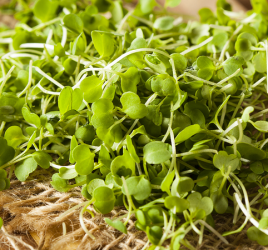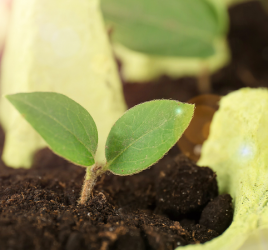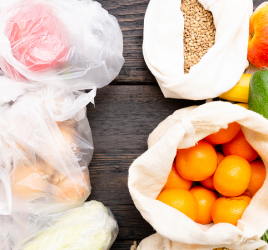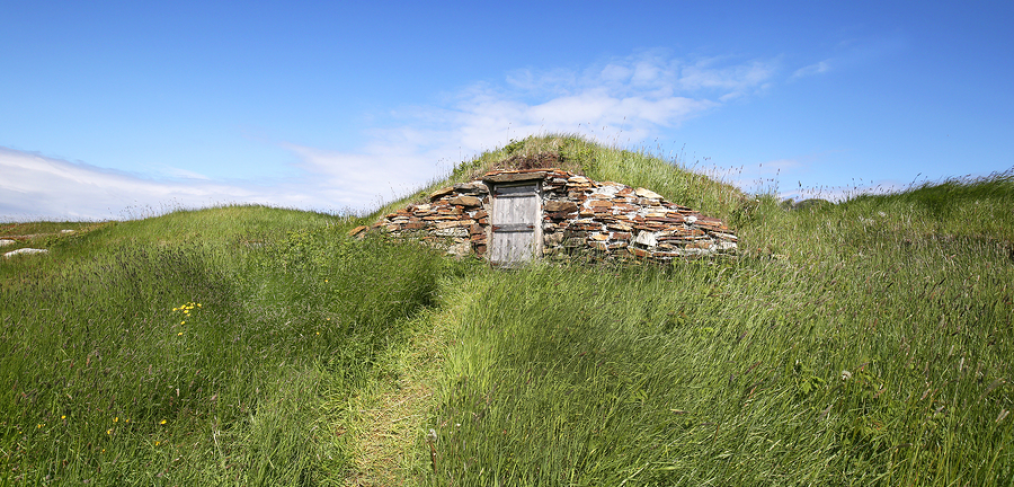
Everything You Need to Know About an Amazing Root Cellar
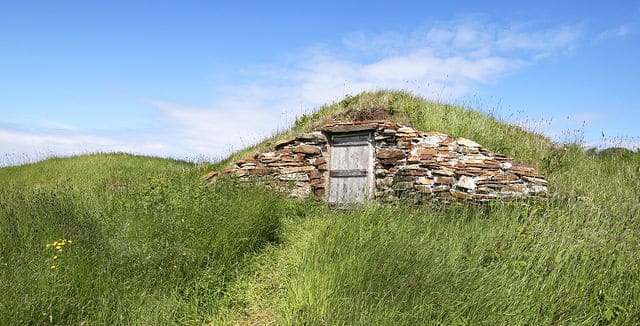
Can you imagine life without the extravagance of a refrigerator? It is so nice to be able to keep cold so many of our favorite and essential foods. It is hard to believe that for centuries people functioned fine without this modern day luxury.
One time tested way that those before refrigerators survived daily life was by using a root cellar. A root cellar was an essential part of everyday homes. Not only are these cellars great for storing your favorite produce, they have many different purposes that can help you feel like to you face any storm or zombie apocalypse that comes your way.
What is a Root Cellar?
A root cellar is any kind of storage location that uses the earth to naturally cool, insulate, and humidify. One huge benefit of a root cellar offers is a natural way to keep your food from freezing in the winter time and keep them cool in the summer time.
Benefits of a Root Cellar
While a root cellar might be a way people preserved food before refrigerators, we still have a lot of uses for them today. There are a number of great reasons to have your own personal root cellar.
First, it is a practical way to set aside food when it is cheap and plentiful. When you have your own root cellar, you have a mini supermarket in your own backyard. Second, is that it allows you to not have to waste any of your access food that you have grown yourself.
Having access to your own home grown gives you easy access to raw food has amazing health benefits. The cellar will allow you to a safe place to store all your extras. Thirdly, if you are a person who likes to know where their food is coming from, having a place to store your own produce will be helpful so you do not have to depend on store bought produce.
What Can Be Kept in a Root Cellar?
There are many different ways that a root cellar can be used and items that can be placed inside – from produce to medicine. Root vegetables like: carrots, turnips, beets, parsnips, potatoes, and other root vegetables are what are best stored in a root cellar.
So the next time you find a great price on can time, you can stockpile. Think canned food, medicine, produce, and tools as great options. It can be used a shelter from tornadoes, or a place of safety in a time of emergency.
What Does a Root Cellar Need to Function?
The cellar works by using the earth to preserve the temperature, light, and humidity. A root cellar works best when the temperature is between 32* and 40* Fahrenheit. The humidity levels are best when at 85 to 95 percent. For the root cellar to succeed it needs: great ventilation, darkness, and humidity.
How does a Root Cellar Work?
The temperature is a huge asset to the root seller. Controlled temperature allows for the ethylene gas to release slowly. This process allows for the growth of microorganisms that create the decomposition process to completely stop and allow the food to be preserved. When the humidity levels are high, this helps to prevent the loss of moisture through evaporation.
Different Types of Root Cellars
This age old tested way to preserve root vegetables can still be used today. They can be attached to your home though your basement, made by digging a hole in the ground cellar, or use a garbage can. There are ways to make a root cellar fit with your home and style.
Common Mistakes When Building a Root Cellar
If you are looking to build your own root cellar, there are a few tips that will help ensure that you are successful. Building your own root cellar is a great idea, but it does come with a lot of work. According to Common Sense Home, one of the most common mistakes that people make when designing/installing a root cellar is forgetting ventilation.
The problem is that a room can become too airtight and this can build up excess humidity. Common Sense Home suggests using at least two vents that are about 3-4 inches in diameter and screen up the vents to keep the mice out. Run one of the vents up top of the room to exhaust stale air and ethylene gas. The second vent can be vented down near the floor of the room. This helps to drop in fresh air. For larger spaces, four vents can be used.
Keep Vegetables and Fruit Separate
Another common mistake is to put fruit and vegetables in the cellar together. While both veggies and fruit require similar temperatures, certain fruit can give up an excess of ethylene gas which will compromise the life of the vegetables. Examples of fruit that give off the excess ethylene gas are: apples, apricots, avocados, bananas, blueberries, cantaloupe, cranberries, and citrus fruit.
Importance of Lack of Light
When you create you root cellar, it is vital that you control the light exposure. Light is going to be one of the largest enemies to food storage. The problem is that light will bleach out the colors of the nutrient and value of the food.
If you notice that your potatoes are spouting or turning green, this might because there is too much light exposure. Make sure that whatever you choose to light up your cellar is as minimum as possible. In addition, the light should be turned off immediately after use.
Another option is to cover your produce with burlap. The burlap helps to keep the elements of the cellar the same while protecting the produce from light.
Take Away
If you are looking for a natural way to store up your favorite produce, medicine, and tools, then a root cellar might be a great option for you. They are certainly an investment and not going to be the easiest to install, but the benefits are worth it.
Having your own mini supermarket, safe house, and storage makes these cellars a great asset to any home. As the saying goes, you can never be too prepared, and having your own personal root cellar makes that possible.

